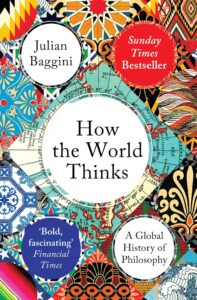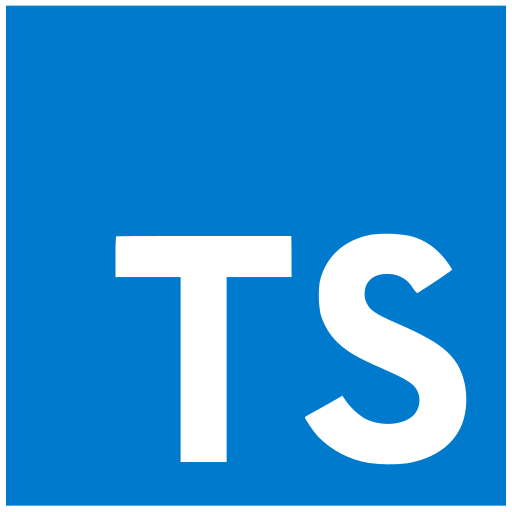My next review is of Her Space, Her Time by Shohini Ghose. I picked this book up as a result of a review in New Scientist. It is in the spirit of Broad Band which covered the contributions of women to computing over the years – contributions which have historically been ignored. Her Space, Her Time does the same for women in physics, generally on the astrophysics and cosmology side of the subject.
The book is divided into seven chapters each covering an area of physics and a group of women who worked in those areas. The chapters cover star cataloguing (and rather more), the big bang, the space programme, radioactivity, nuclear fission, particle physics and dark matter/ beta decay. This results in a coverage which is approximately chronological.
There are some recurring themes in the book: women not allowed entry to universities for undergraduate and graduate studies, women not allowed employment in university departments and facilities (often the pretext is the lack of toilets for women), women not allowed employment at the same institution as their spouse (this seemed common in the US and its effect on the recruitment and promotion of women was noted as far back as 1966), being ignored by the Nobel Prize committee and (sometimes) their male collaborators. These women were frequently the only women in the room. Fleeing Nazi Germany (and Austria) is a theme too but that applies equally to men.
On a more positive note their work was often recognised and rewarded during their lifetimes by their scientific communities. In at least the case of Ernest Rutherford and Ernest Lawrence they had the support of senior scientists throughout their lives.
The Harvard Observatory features heavily in the first couple of chapters. Women originally became involved as “computers” analysing the stars in the photographic plates. They included Williamina Fleming, Annie Jump Cannon, Antonia Maury and Cecilia Payne-Gaposchkin with Anna Draper providing funding to the observatory via a bequest in the late 19th century. In they first instance they were analysing stars for brightness and then later for spectral features. A group of women were responsible for compiling the “Harvard” stellar classification scheme which classifies stars by temperature using the letters O, B, A, F, G, K, M (typically remembered by a sexist mnemonic). One of the women, Henrietta Swan Leavitt, discovered the relationship between brightness and period for stars which is central to measuring intergalactic (and shorter distances) and was key to understanding the scale of the galaxy and the universe. Over a very long period Harvard Observatory allowed women to be employed as astronomers, and finally become professors in astronomy. The transitions usually being the result of a change in observatory or university management.
The third chapter is a bit of an oddity, looking at women’s contributions to the space programme on the project management and rocketry side of things rather than physics as such.
The final four chapters are then an extended collection on nuclear physics starting with Marie Skłodowska-Curie, and the less well known Harriet Brooks who worked on the new subject of radioactivity in the late 19th century. Brooks worked with Rutherford, publishing in 1904 in Nature on their discovery of radon. Rutherford and Frederick Soddy would earn the Nobel Prize for the transmutation of elements whilst Brooks was left out. Rutherford and Brooks clearly had a long personal relationship, ending in 1933 on her death at the age of 56. Brooks had left physics research in 1907 when she married Frank Pitcher.
Chapter 5 largely concerns Lise Meitner who was involved in the discovery of nuclear fission with Otto Hahn with whom she worked closely for many years. Hahn received the Nobel Prize for their work on nuclear fission, whilst she did not – this has been seen as one of the more egregious omissions of the Nobel Prize Committee – Meitner was nominated for a Nobel Prize 48 times and was widely recognised as an expert in her field. Her position was made more difficult because she was Jewish, worked in Austria and with Hahn who despite protestations was a Nazi sympathiser at the very least.
Chapter 6 concerns cosmic rays and the photographic detection thereof. It starts with Bibha Chowdhuri who is from Ghose’s home city of Kolkata and was later to discover cosmic ray muons using this method. The focus of the chapter though is Marietta Blau and her student Hertha Wambacher who developed the method of photographic detection of cosmic rays. The Meitner/Hahn story is reprised here with Jewish Blau forced to leave Vienna in 1938 with her student Wambacher, a Nazi sympathiser, remaining to take credit. Elisa Frota-Pessoa, a Brazilian physicist, is mentioned somewhat incidentally towards the end of the chapter with Ghose stumbling on one of her (very prescient) publications whilst researching other work.
The book finishes with the slightly odd pairing of Wu Chien Shiung who was instrumental in the discovery of parity violation which won her colleagues Tsung-Dao Lee and Chen-Ning Yang the 1957 Nobel Prize in Physics (they specifically mentioned her in their acceptance speech) and Vera Rubin who is credited with discovering dark matter by measuring the rotation curves of galaxies and observing that they flatten at large radii – an indicator of the presence of extra, unseen matter.
Reading back through my notes, women were at the heart of modern physics through the 20th century, often those women were the only ones in the room – it is clear they were exceedingly capable. The men around them collected a dozen Nobel Prizes whilst the only woman from this book to win the Nobel Prize for Physics was Marie Skłodowska-Curie. Maria Goeppert Mayer shared the Nobel Prize for Physics in 1963 she is the only other woman to win in the 20th century. She is not included in this book, perhaps because her Nobel Prize meant she was already well known.
In the past I thought the Nobel Prize committee were simply a bit careless in failing to award women but reading this book it seems they were rather purposeful – the physics community knew these women, and the significance of what they had done, and many were nominated for a Nobel Prize, often repeatedly.
As a result of this book I am now interested in a parallel volume of Indian scientists in the West!








